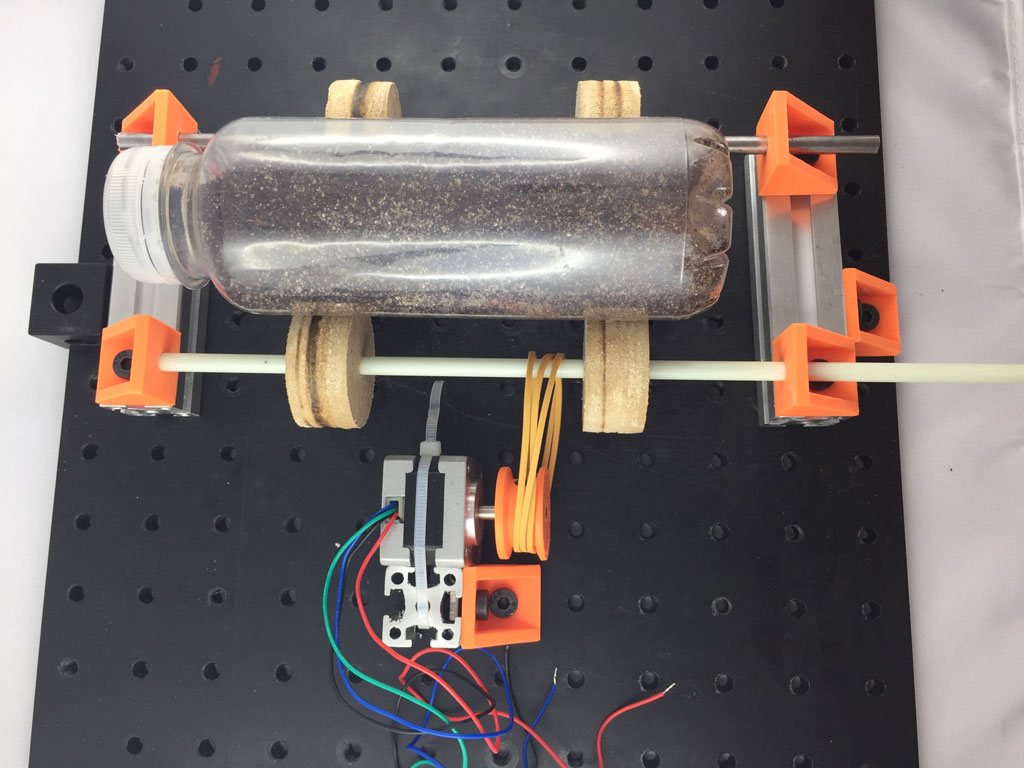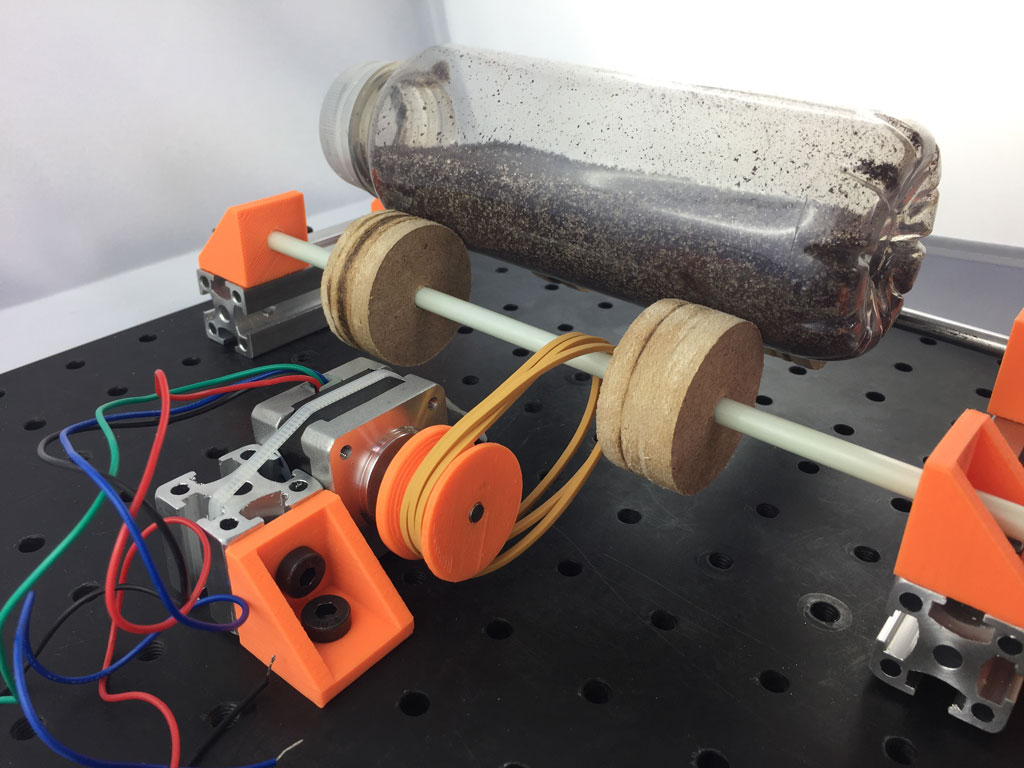Final project
The physics of granular media on stage
In this section, we show different hands-on experiments that can be made using the kit I made and digital prototyping tools to explore the properties of grains. With these experiments, we can introduce our audience to questions such as : How can we compact granular media ? Can we mix granular media ? Are granular media, solid or liquid ? Are these properties important for the rover on mars or pharmaceutical companies ? Why do we use gravel of train track ballasts ?
What types of grains ?
To make the experiments on grains, I chose (everyday) grains that are different in sizes, shapes and colors such as different types of sugar, poppy seeds, aquarium gravels or decorative stone. Sometimes grain cohesion can be introduced such as in flour.
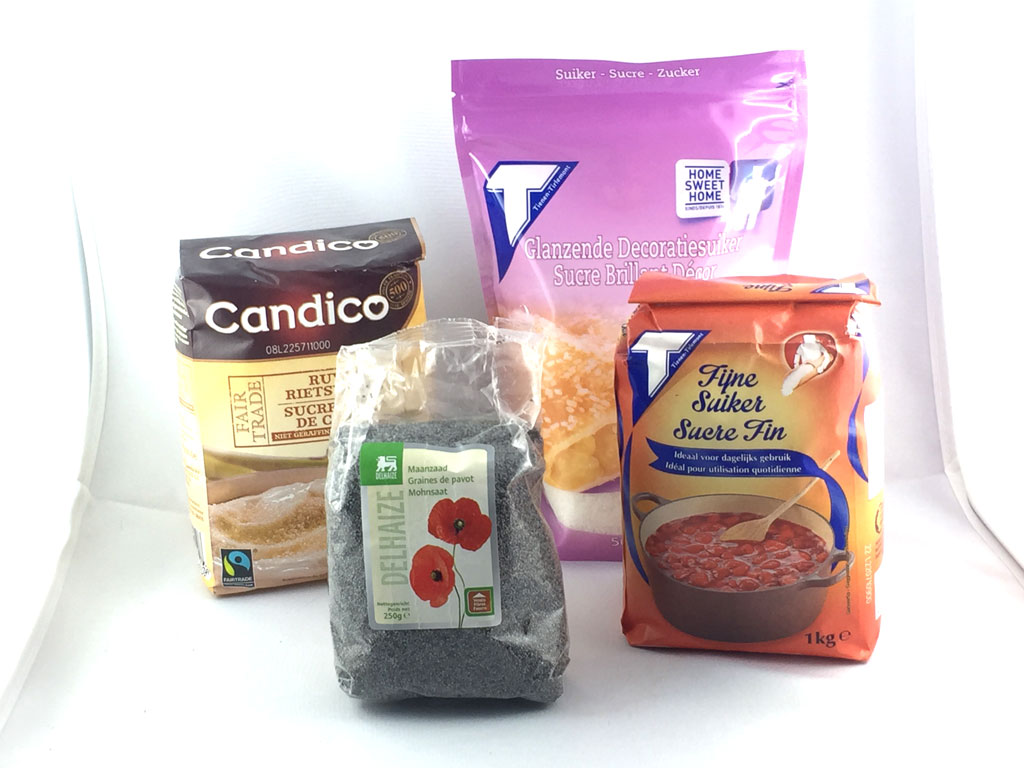
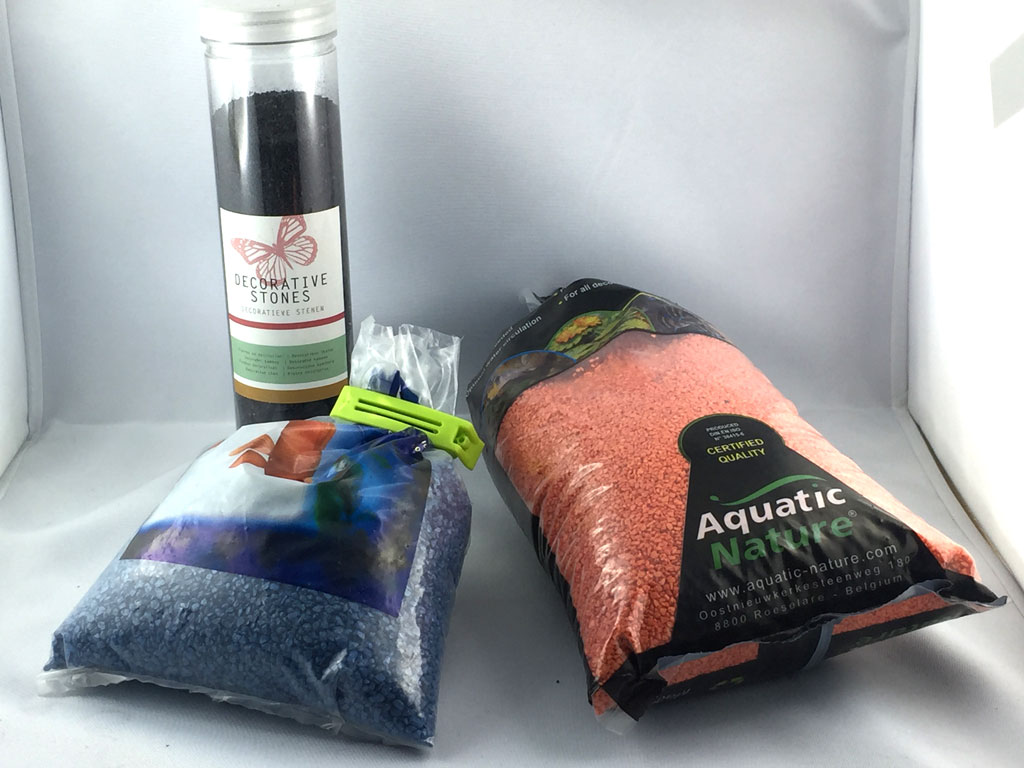
Arches in a 2D silo
In this experiment, we show an important property of grains which is to redistribute forces in the grains packing. This allows holes to appear. This experiment can also explain why we use rocks for the train track ballast.
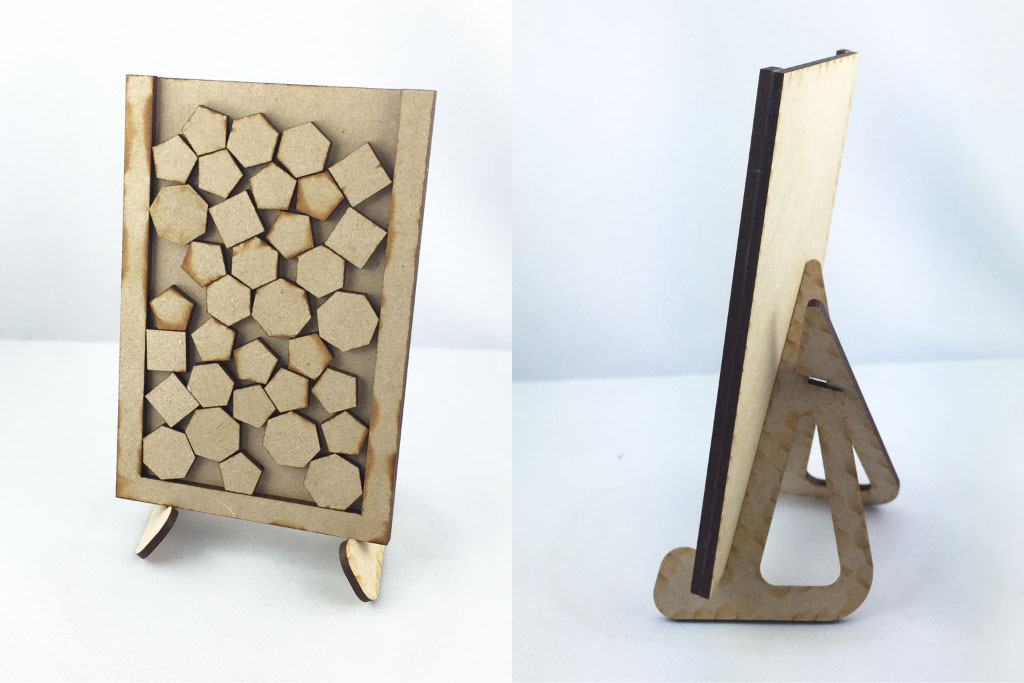
Filling the gaps
In this model experiment, we show how we can make use of grain hierarchy in size. By using grains of different sizes, we can fill holes with different sizes and increasing the number of connections between grains. This is an important property at the origin of the cohesion in clay building materials.
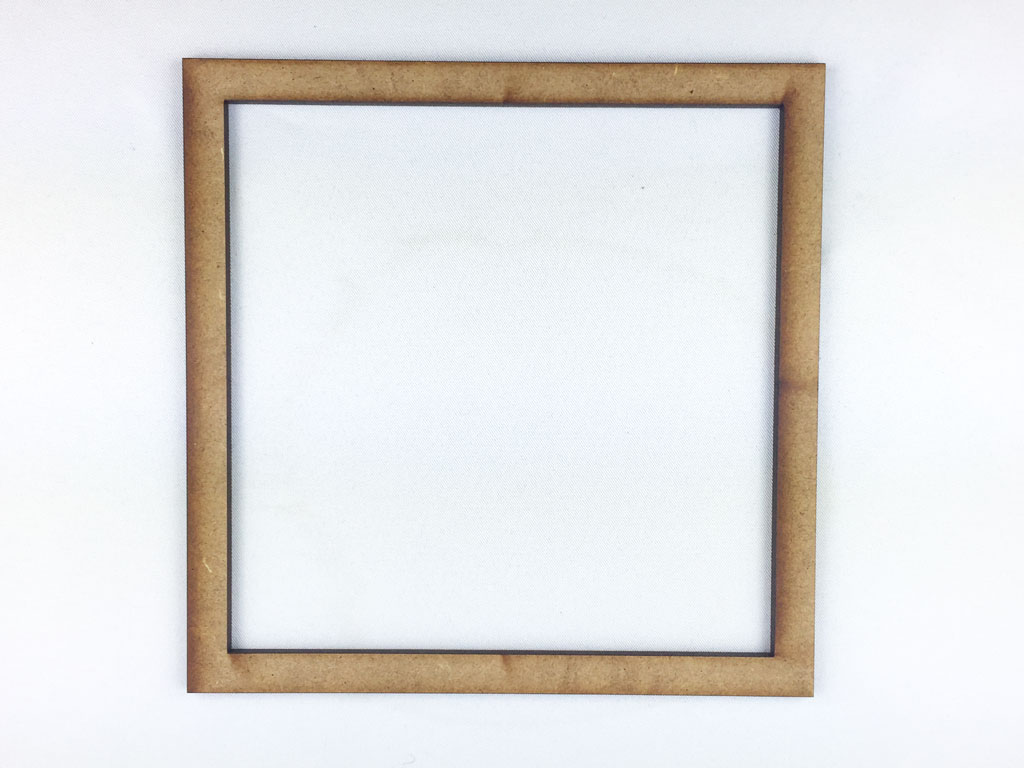
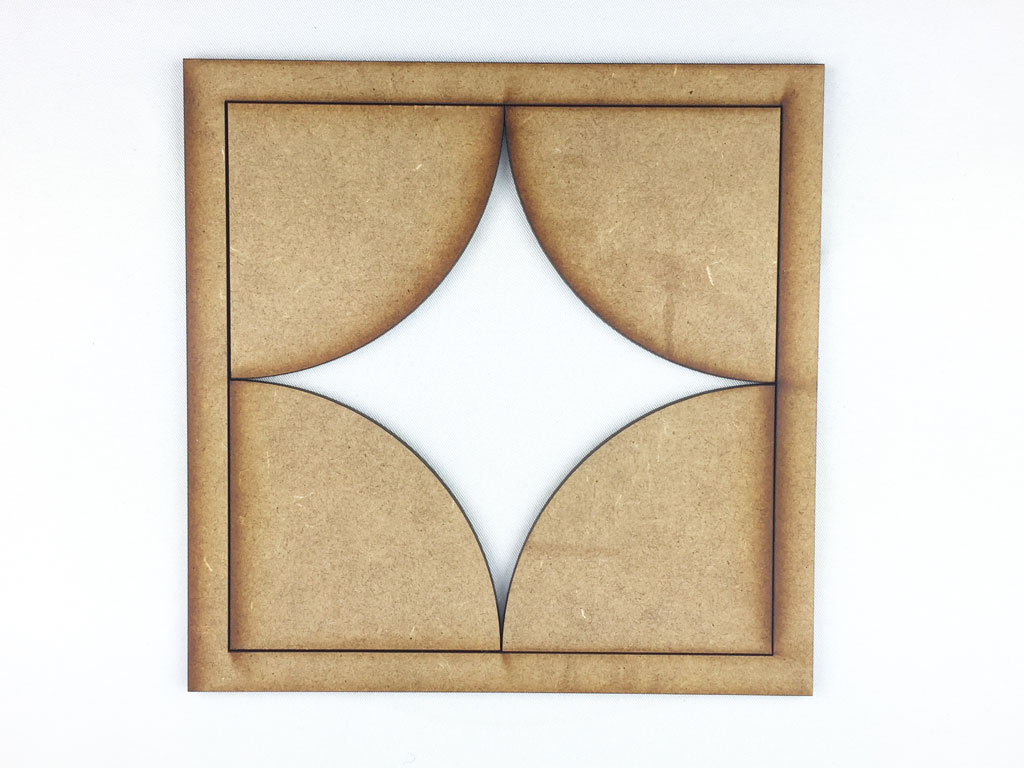
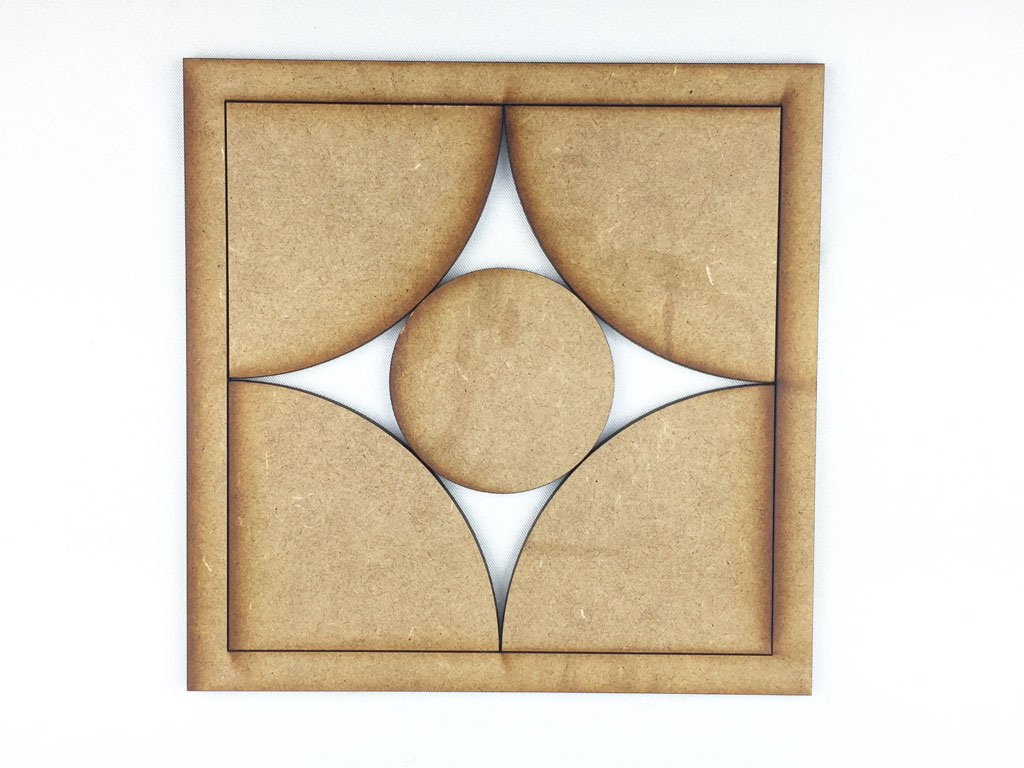
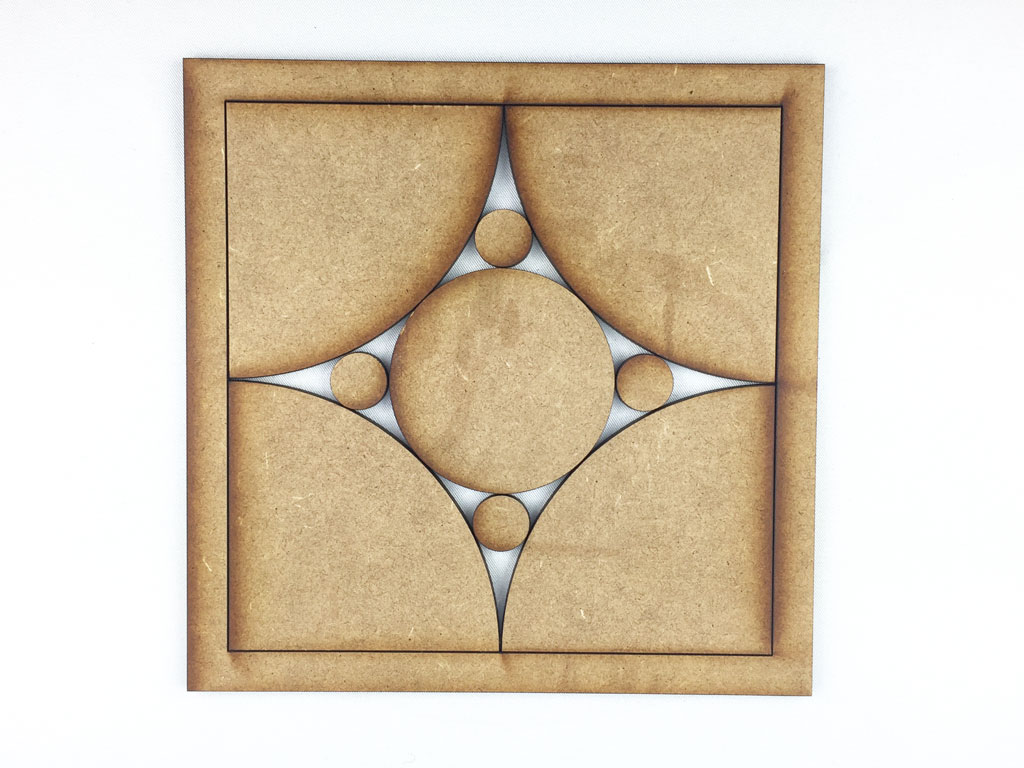
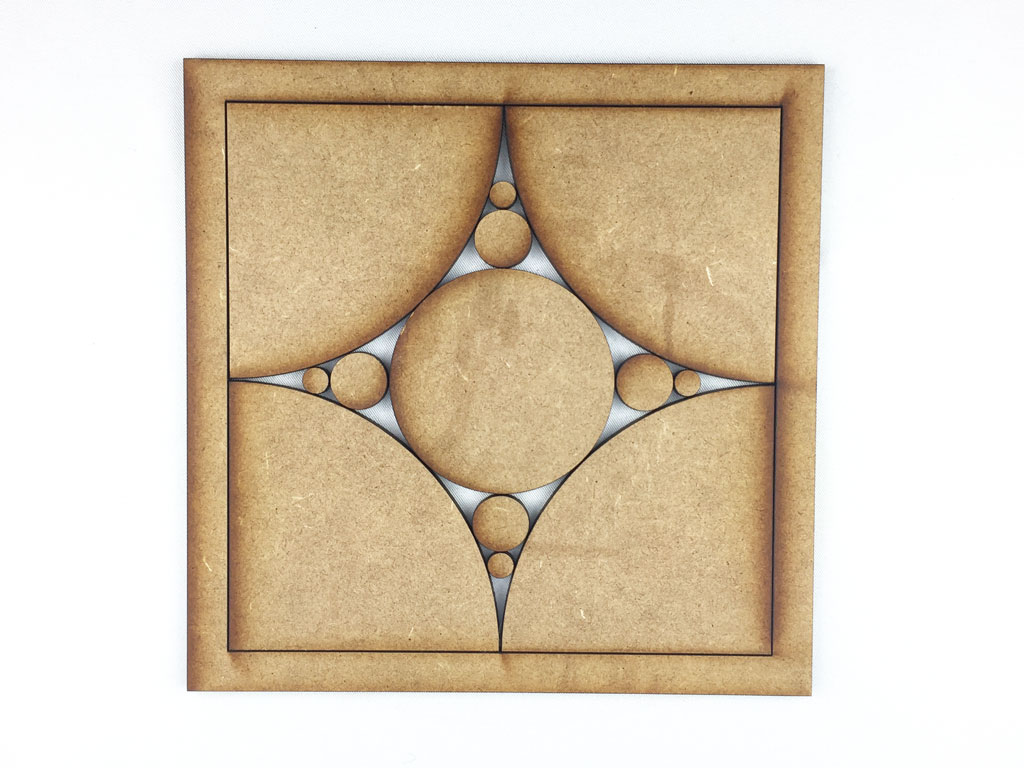
Liquid or solid ?
Grains can act as liquid or solid... It is an important property to understand to avoid stuck rovers on Mars.
In this experiment, we can introduce the angle of avalanche (inclination angle above which grains starts to roll) and the resting angle of grains (inclination angle that is observed after grains have rolled).
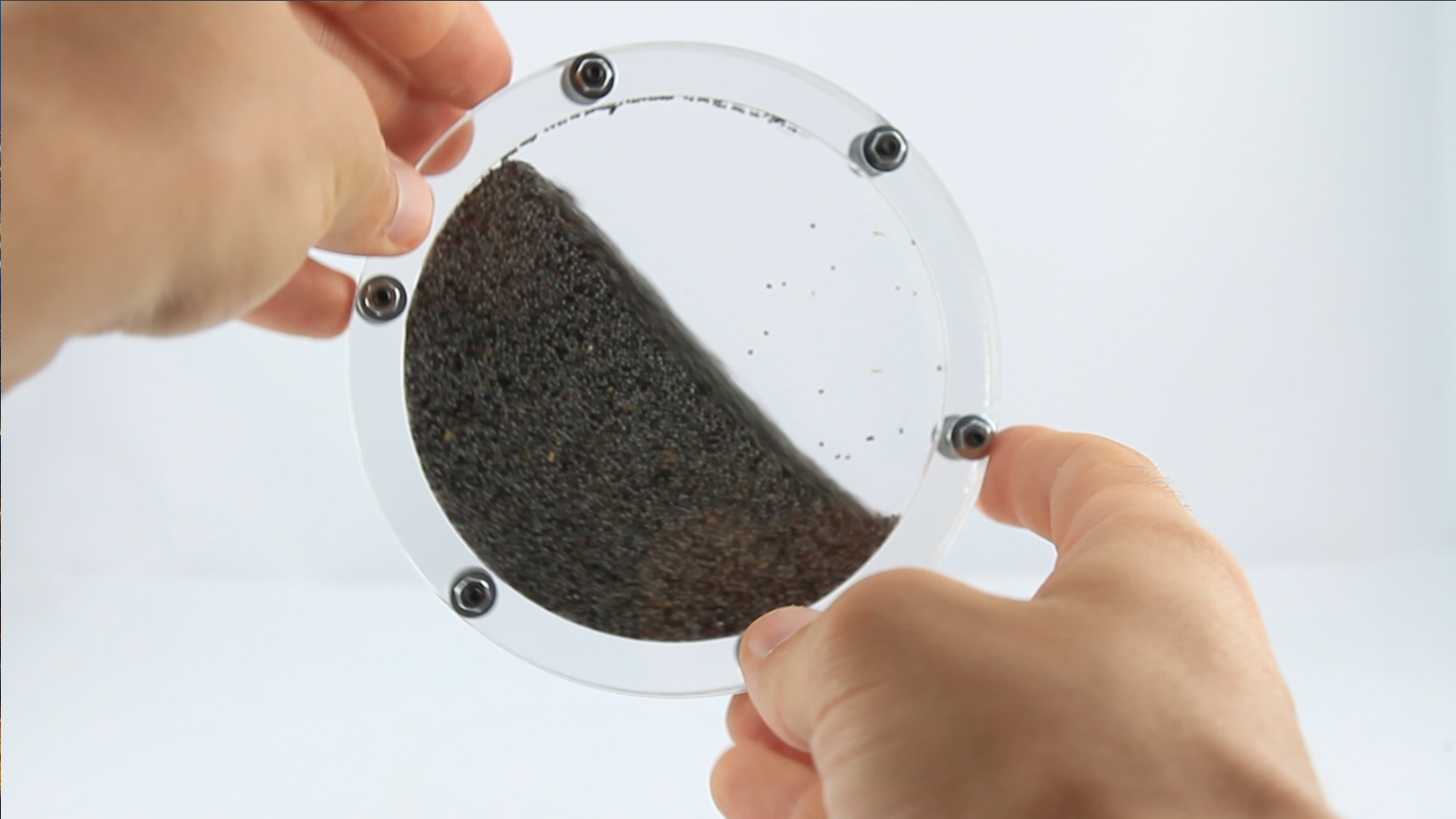
Unmixing granular media when making piles
When two type of grains are mixed and let to fall, the pile of grains can show structures. Grains can be arrange in lines depending on their respective angle of avalanche. This can be seen on the video below. But it is not working on the image below with black and orange grains. Different angles of avalanche can be observed when grains have different sizes and shapes.
Here is a typical grain segregation experiment ready to be assembled.
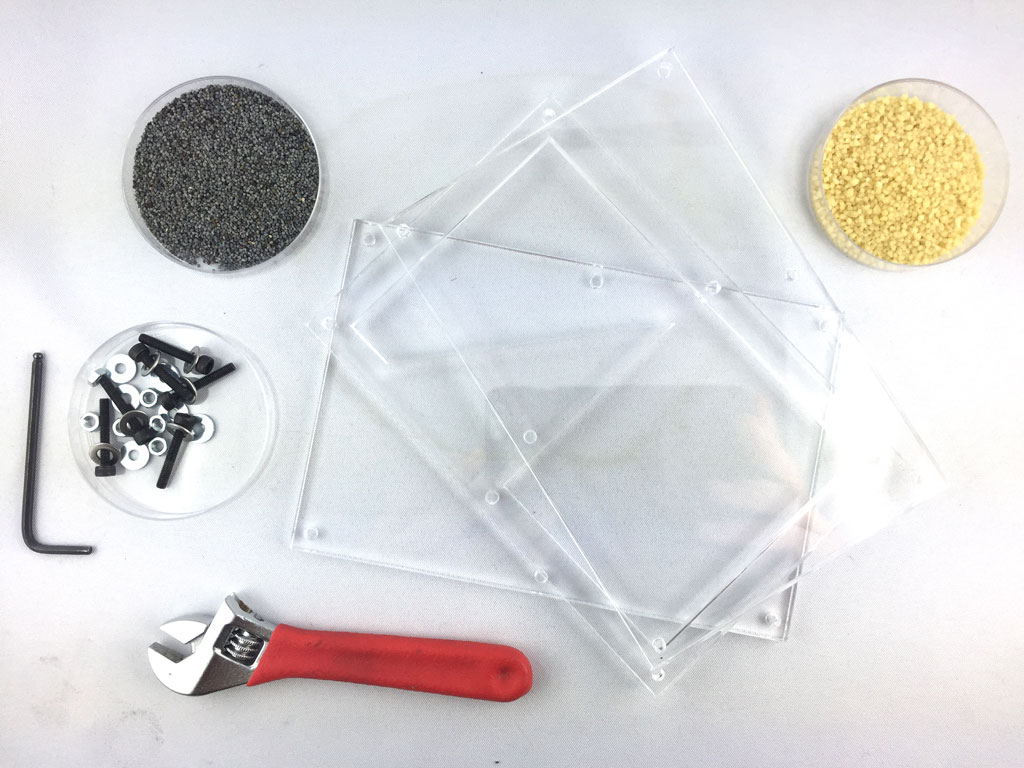
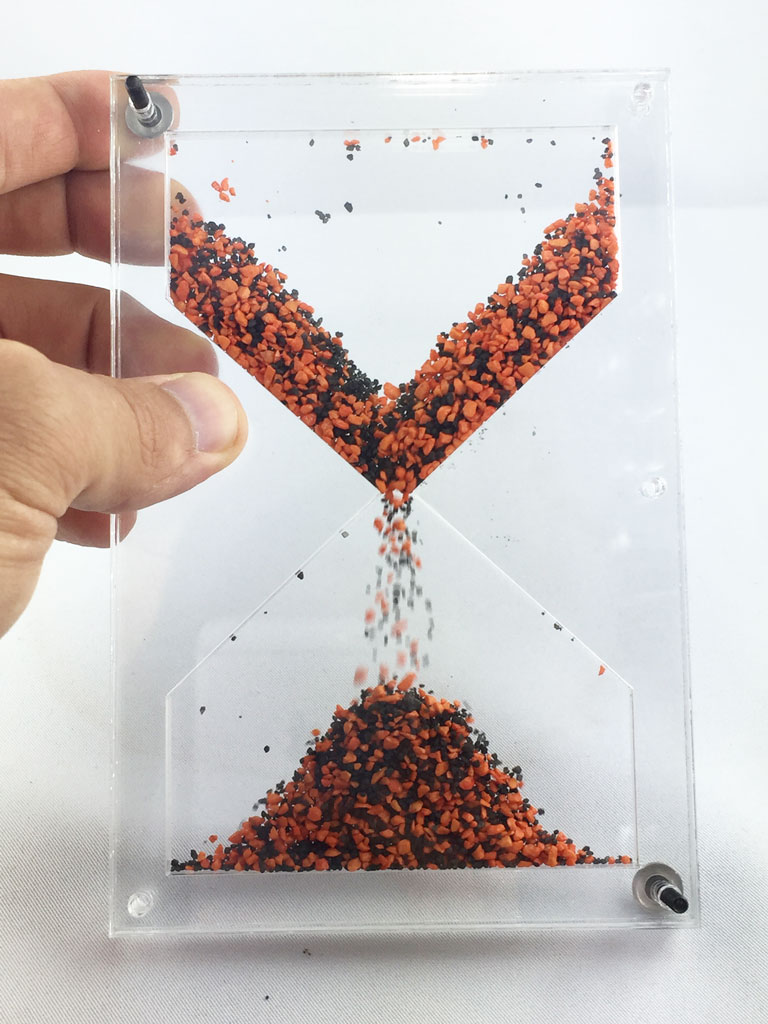
Unmixing grains by rotation
When two types of grains are mixed in a tube and the tube is set in rotation, the grains can unmix. Here we have decorative black gravels slightly larger than the white sand in a bottle. The bottle is set into rotation at a speed of 150 rpm and after a few minutes, black and white lines appear. Grains segregates !!
This is a really important property for pharmaceutical industries wanting to mix homogeneously different drug components.
Last version of the experiment
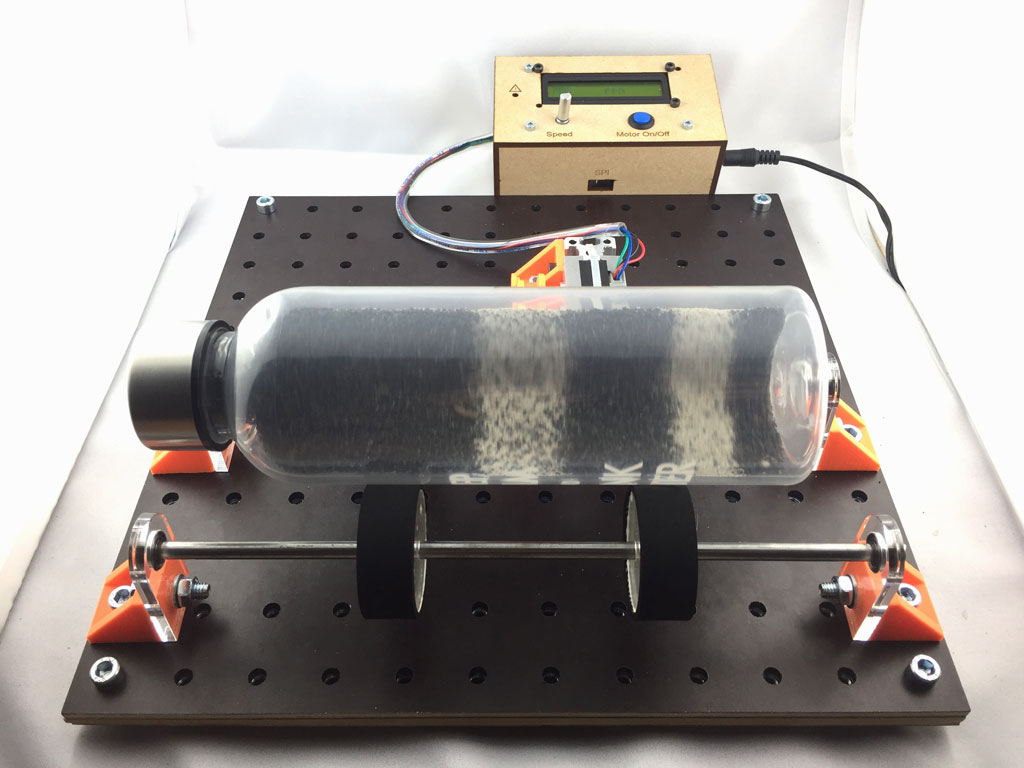
Here is the running experiment.
Prior version
Here are some prior experimental setups.
